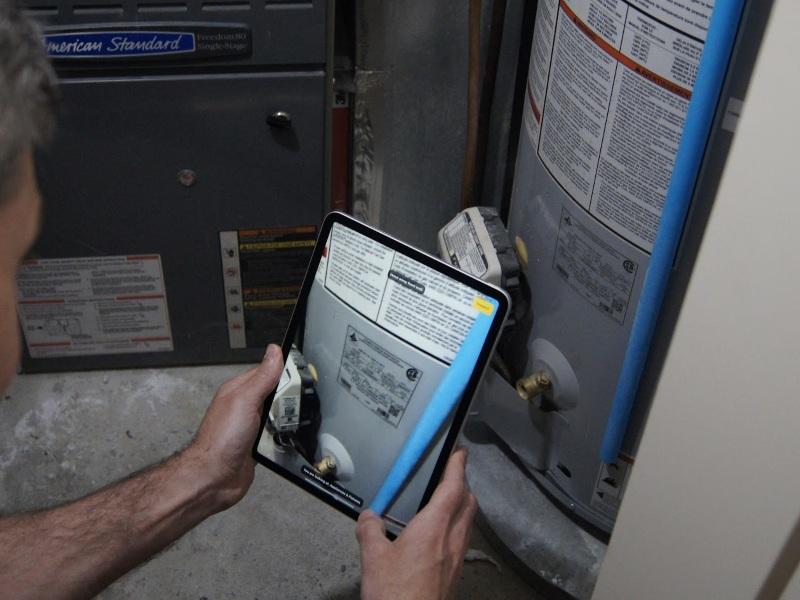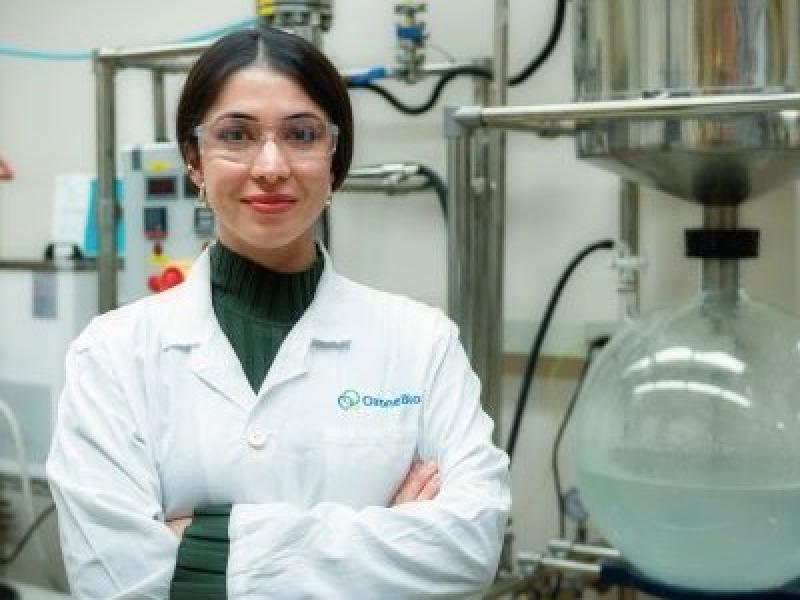
Calgary-based Carbon Upcycling Technologies Inc. has closed an approximately $34.3 million Series A funding round, which will support the first fully commercial-scale carbon capture and use deployments in Europe and North America.
The projects will utilize Carbon Upcycling’s patented all-electric mineralization solution that permanently stores carbon dioxide (CO2) in industrial by-products and minerals, transforming them into alternative materials for cement, plastics, consumer products, fertilizers and pharmaceuticals.
The funding was co-led by BDC Capital’s Climate Tech Fund and Climate Investment, and includes participation from Clean Energy Ventures and its angel investor collective CEVG, Amplify Capital, and strategic investors Oxy Low Carbon Ventures, CRH Ventures and Cemex Ventures.
According to a release, eight per cent of global CO2 emissions result from the production of cement and concrete.
Founded in 2014, its website states it has demonstrated CO2 binding and sequestration with over 25 different feedstocks, such as fly ash, slag, shale and silicates.
“I think the fundamental facets that we see as differentiators for Carbon Upcycling's work are one, that we actually integrate our technology into what we see as the node of most significance for the building materials market, which is a cement plant,” Apoorv Sinha, Carbon Upcycling’s founder and CEO, told SustainableBiz.
“If you're able to integrate a carbon sequestration technology at that centralized facility . . . It creates a lot of efficiency in that logistics element of moving heavy materials around. But then the second piece of it is the circularity angle.”
BDC Capital is the investment arm of BDC, Canada’s business development bank, with over $6 billion under management. Climate Investment is an independent organization set up by members of the Oil and Gas Climate Initiative.
Carbon Upcycling’s Series A round
“Carbon Upcycling is a double whammy of environmental benefits, (is) what I like to call it because their technology allows to reduce the amount of cement used in concrete, and it sequesters CO2 inside the materials that would otherwise end up in some cases in the landfill,” Pascal Lanctot, partner at the Climate Tech Fund at BDC Capital, said.
The two projects Carbon Upcycling is able to discuss are with CRH and Cemex, and they will be the first to integrate carbon capture and utilization at a cement plant. The former will start at the Ash Grove cement plant in Mississauga. while the latter will be integrated at the Cemex plant in Rugby, U.K.
Barring ubiquitous issues with the supply chain, both facilities should be complete within the next 12 months.
CRH is the one of the largest building materials companies in the world, spanning 29 countries including seven Canadian provinces. Cemex, headquartered in Mexico, manufactures and distributes cement, ready-mix concrete and aggregates in over 50 countries.
CRH had previously stated it would scale Carbon Upcycling’s technology across its operations.
The Rugby location will be what Cemex states is the first commercial-scale cement additive plant upcycling glass waste. It will sequester over 1,600 tonnes of CO2 annually and reduce 15,000 tonnes of carbon intensity via cement abatement. Cemex first invested in Carbon Upcycling in February 2022, but has been supporting its scale-up since early 2020.
Sinha explained that both plants make around 4,000 tonnes of cement per day while Carbon Upcycling’s facilities will make 50. The size of the installed reactors will be about 20 metres long, 15 metres wide and 20 metres high.
“It is really worth noting that cement is a very risk-intolerant industry. And so the deployment of these units to be the first CCUS (carbon capture, use and sequestration) deployed at commercial cement facilities is another piece of the puzzle we’re really unlocking,” Meredith Adler, Carbon Upcycling’s senior director of operations and strategy, said.
Houston-based Oxy Low Carbon Ventures has a direct air capture plant in development in Texas which it said in a release can provide CO2 input for Carbon Upcycling’s process.
Carbon Upcycling’s future
Carbon Upcycling is also partnering with the National Renewable Energy Laboratory, funded by the U.S. Department of Energy, to create a framework assessing alternative feedstocks in North America used to produce supplementary cementitious materials, like biomass and mine tailings.
For now, the company’s focus is on integrating with cement and concrete production before it adds other hard-to-abate sectors to its repertoire. Adler mentioned that the steel industry can be added to the company’s belt as it electrifies.
“We're producing more than 500 kilos of cement every year for every human being on the planet. If you look at the rate at which we need to decarbonize, even just in the cement and building materials industry by 2030, ($34.3 million) is a big number for Carbon Upcycling, potentially,” Sinha said. “But it's not a big number for the cement industry at all.”
Carbon Upcycling is also intent on improving its technology through the addition of various feedstocks and more. This includes work with eight different partners at universities across Canada.
“We’re finding that some of the literature on some of the feedstocks that we're dealing with like glass or even fly ashes, which are a very conventional SCM (supplementary cementitious material) is very, very sparse,” Sinha explained.
“One of the things that we've been very committed to is working with collaborators, not just in the private industry . . . but also having a set of very robust long term partnerships with research and developing groups, whether they be not-for-profits or universities.”










